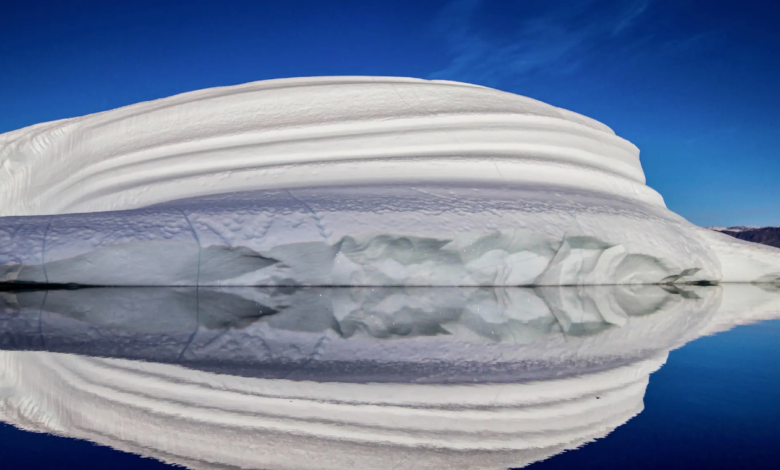A +1.7°C we will trigger the point of no return for the melting of the Greenland ice

Since 2002, 20% of sea level increase depends on the melting of Greenland ice
– We will reach the point of no return of the melting ice of Greenland if the global temperature reaches +1.7 Beyond this threshold, the 3-kilometre thick shell will suffer substantial and sudden losses. And over the course of a few hundred years it will disappear almost completely, helping to increase the level of the global oceans by about 7 meters.
This was calculated by a study coordinated by the Arctic University of Norway and published in the journal Nature. The authors used predictive models of the climate and melting of Greenland ice to identify the probably irreversible tipping point of the shell Greenland. The melting of the Greenland ice is one factor that today contributes most to the rising sea level. Since 2002 it is estimated that it is responsible for about 20% of the increase.
How do Greenland ice melting points not return
Two interesting data emerge from the research. The first is all the more important to respect the more ambitious objective of the Paris Agreement. According to the projections, even a temporary overrun of 1.5 degrees should trigger positive feedback mechanisms and lead to significant melting of the Greenland ice sheet. That would result in an increase in sea level of a few meters over centuries.
A situation that coincides with the most optimistic emissive scenario still at hand according to the latest report of the IPCC, in which it is precisely an overshooting to +1.7-+1.8°C, with re-entry below 1.5 degrees by 2100, the best horizon we can aspire to.
The second point concerns the possibilities of mitigating the effects of melting ice in Greenland. Even triggering the tipping point, and even in the worst emissive scenarios, the cap loss can be contained substantially with a re-entry below the threshold of 1.5 ºC. This configuration would result in achieving intermediate equilibrium states, without total fusion, which would prevent a few meters of rising ocean levels.





